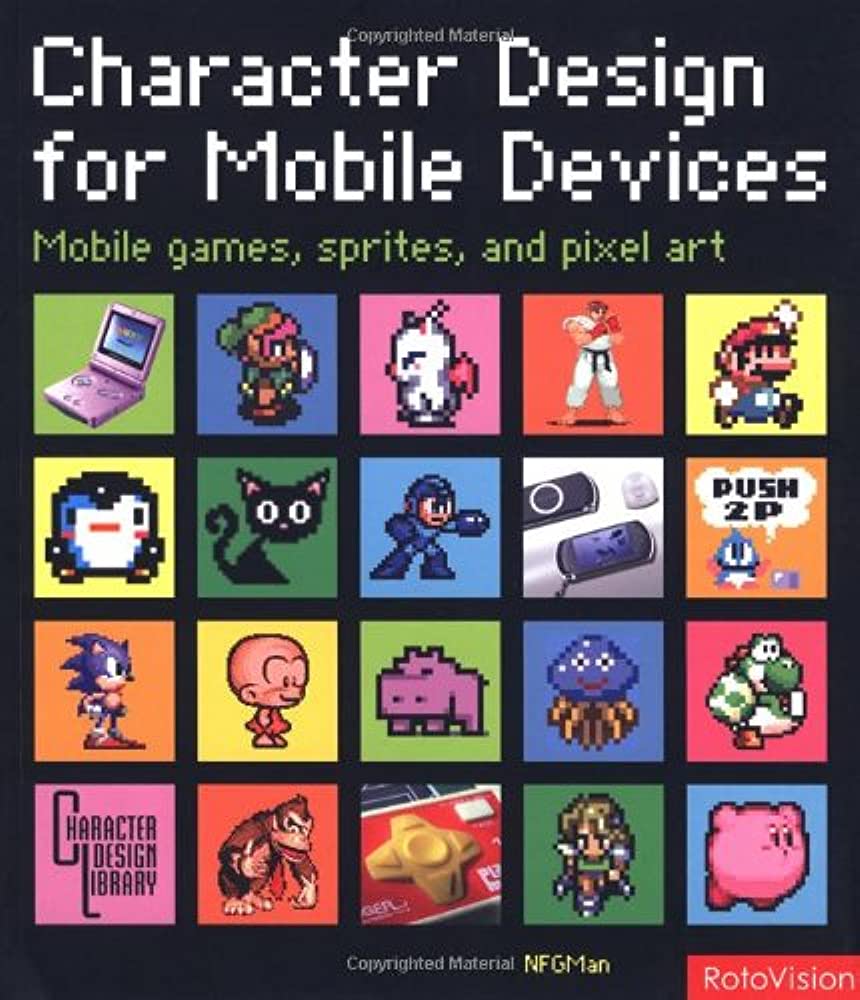The mobile gaming industry is expected to generate around $120 billion by the end of 2021. However, designing games for mobile platforms has its challenges, including device fragmentation, UI optimization, monetization strategies, and technical constraints such as limited storage, memory, and battery capacity. Despite these challenges, mobile gaming presents massive opportunities for game developers due to a large global audience base of around 2.7 billion mobile gamers worldwide, enhanced technology such as virtual and augmented reality, easy distribution, and lower development costs in comparison to desktop games.
Designing Games for Mobile Platforms: Challenges and Opportunities
Introduction
Mobile gaming has evolved significantly since the launch of the first smartphone. These days, people can access a wide range of games on their mobile devices such as action games, puzzle games, adventure games, and many more. According to a survey conducted by Statista, the mobile gaming industry is expected to generate revenue of around $120 billion by the end of 2021. Hence, designing games for mobile platforms can provide a multitude of opportunities for game developers. However, there are also some challenges that need to be addressed in the process of designing a mobile game.
Challenges in Designing Games for Mobile Platforms
Device Fragmentation
Device fragmentation is one of the significant challenges in designing games for mobile platforms. Mobile devices come in various sizes, shapes, and specifications, which makes it challenging to design games that work flawlessly on all devices. Game developers need to design games that are compatible with different screen sizes, operating systems, processor types, and graphic capabilities. To overcome this challenge, game developers need to test their games on multiple devices and optimize them accordingly.
User Interface
The user interface (UI) is critical in mobile games as the screen size is relatively small compared to desktop games. Game developers need to design an interactive, user-friendly interface that provides an immersive gaming experience. The UI needs to be optimized to work with touch screens, which means the buttons, menus, and other game elements need to be large enough to be interacted with using fingers. The navigation of the game should also be intuitive and straightforward.
Monetization Strategies
Monetization is crucial to the success of a mobile game. Game developers need to choose the right monetization strategy based on the target audience, game genre, and gameplay. Some of the popular monetization strategies include in-app purchases, advertisements, and subscription-based models. Game developers need to balance the monetization strategy with the overall gaming experience to ensure that users do not abandon the game due to excessive ads or pushy monetization strategies.
Technical Constraints
Mobile devices have some technical limitations such as limited storage, memory, and battery capacity. Game developers need to optimize their games to work within these limitations. They need to design games that occupy less storage, consume less battery, and work smoothly without slowing down the device.
Opportunities in Designing Games for Mobile Platforms
Large Audience Base
Mobile gaming has a vast audience base, and game developers can benefit by designing games for this market. According to a report by Newzoo, there are currently around 2.7 billion mobile gamers worldwide. This indicates the potential for game developers to create games that cater to a global audience.
Enhanced Technology
Mobile devices are continually improving and evolving, providing game developers with the opportunity to design games that utilize new technologies such as virtual reality and augmented reality. These technologies can provide an immersive gaming experience and attract a more tech-savvy audience.
Easy Distribution
Distribution of mobile games is relatively easy compared to desktop games. Mobile games can be distributed through various channels such as app stores and social media platforms. This allows game developers to reach a wider audience and increase their revenue potential.
Lower Development Costs
Developing games for mobile platforms is relatively cheaper than developing desktop games. Game developers can leverage frameworks, libraries, and other development tools to reduce development costs and time.
Conclusion
Mobile gaming presents a significant opportunity for game developers to create games that cater to a global audience. However, designing games for mobile platforms comes with its own set of challenges. Game developers need to overcome device fragmentation, optimize UI, choose the right monetization strategies, and work within technical limitations. By leveraging enhanced technologies, easy distribution, and lower development costs, game developers can create successful mobile games that provide an immersive gaming experience.
